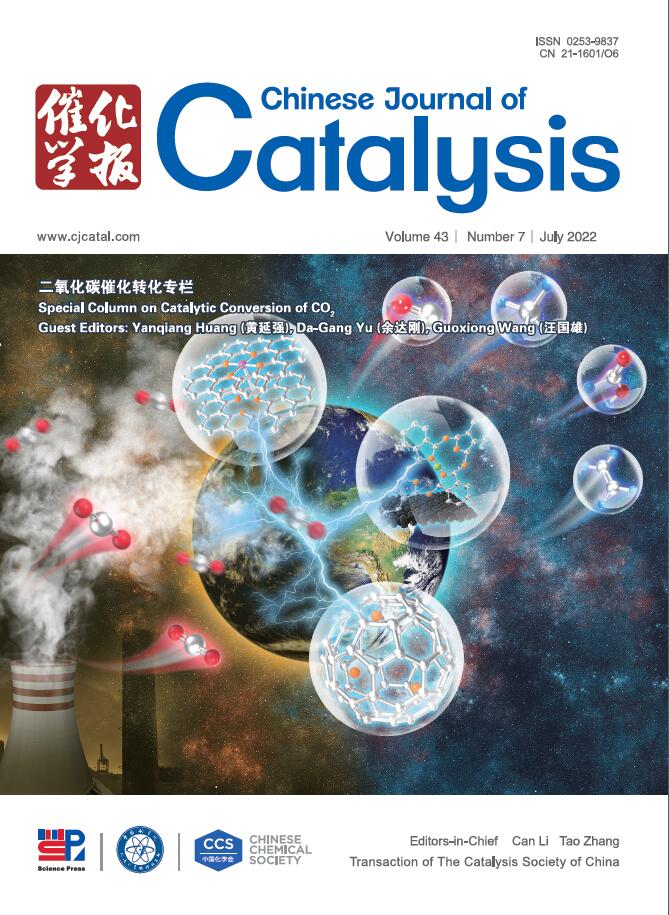Enantioselective biosynthesis of vicinal diamines enabled by synergistic photo/biocatalysis consisting of an ene-reductase and a green-light-excited organic dye
IF 15.7
1区 化学
Q1 CHEMISTRY, APPLIED
引用次数: 0
Abstract
ABSTRACT
Vicinal diamines are key motifs widely-found in many pharmaceuticals and biologically active molecules. An appealing approach for synthesizing these molecules is the amination of enamines, but few examples have been explored. With the utilization of nitrogen-centered radicals (NCRs), here we present the development of a dual bio-/photo-catalytic system for achieving enantioselective hydroamination of enamides, which can give easy access to diverse enantioenriched vicinal diamines. These reactions progress efficiently under green light excitation and exhibit excellent enantioselectivities (up to >99% enantiomeric excess). Mechanistic studies uncovered the synergistic effect of the enzyme and the externally added organophotoredox catalyst Rhodamine B (RhB). This work demonstrates the effectiveness of photobiocatalysis to generate and control high-energy radical intermediates, addressing a long-standing challenge in chemical synthesis.
求助全文
约1分钟内获得全文
求助全文
来源期刊

Chinese Journal of Catalysis
工程技术-工程:化工
CiteScore
25.80
自引率
10.30%
发文量
235
审稿时长
1.2 months
期刊介绍:
The journal covers a broad scope, encompassing new trends in catalysis for applications in energy production, environmental protection, and the preparation of materials, petroleum chemicals, and fine chemicals. It explores the scientific foundation for preparing and activating catalysts of commercial interest, emphasizing representative models.The focus includes spectroscopic methods for structural characterization, especially in situ techniques, as well as new theoretical methods with practical impact in catalysis and catalytic reactions.The journal delves into the relationship between homogeneous and heterogeneous catalysis and includes theoretical studies on the structure and reactivity of catalysts.Additionally, contributions on photocatalysis, biocatalysis, surface science, and catalysis-related chemical kinetics are welcomed.
 求助内容:
求助内容: 应助结果提醒方式:
应助结果提醒方式:


